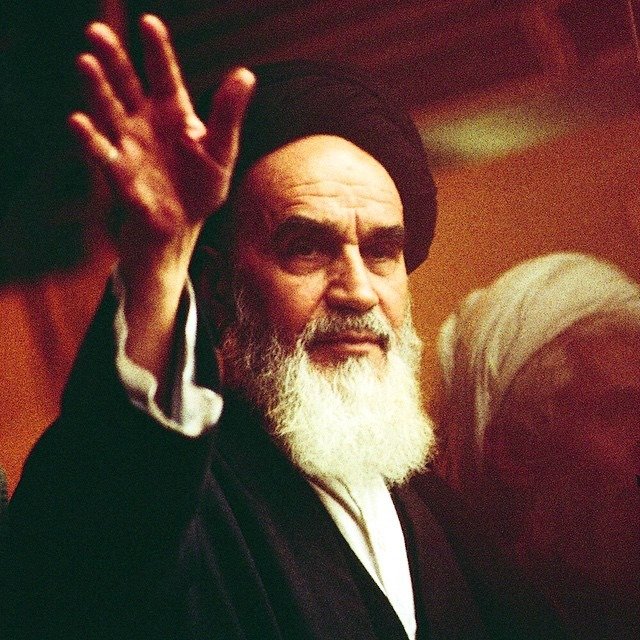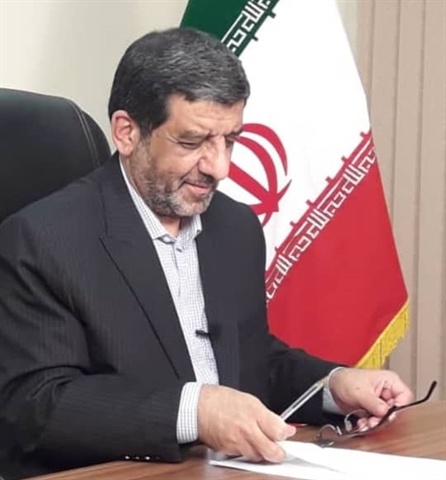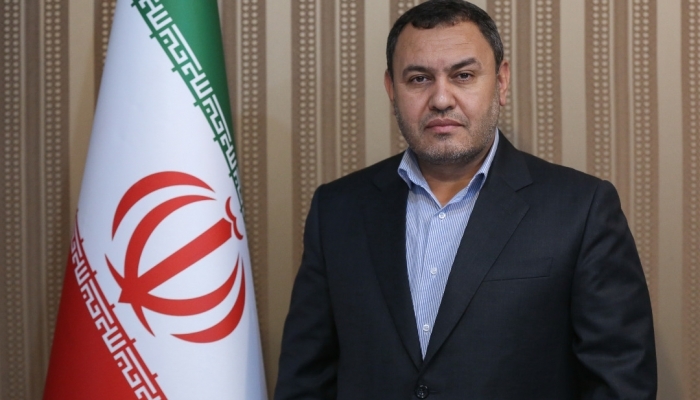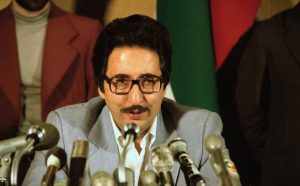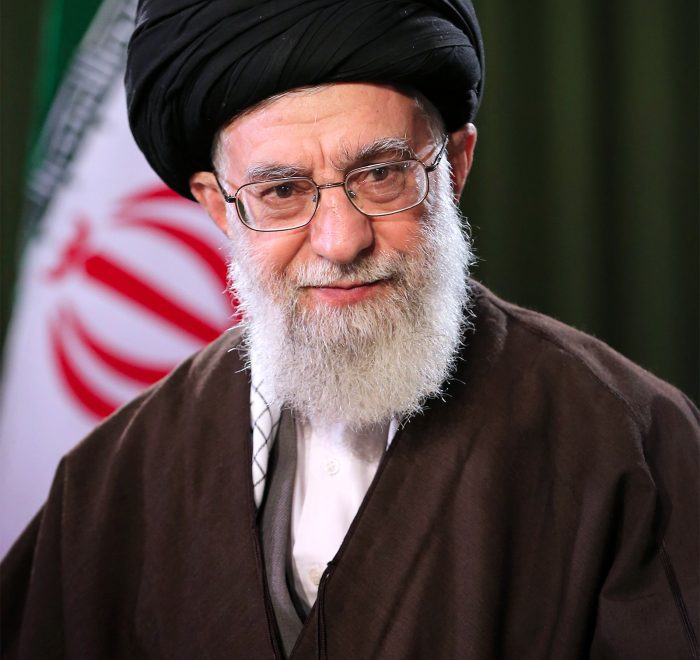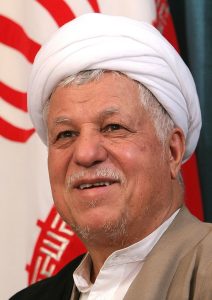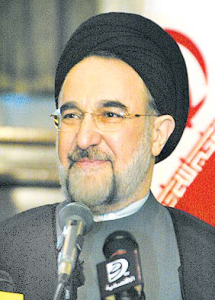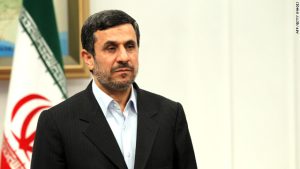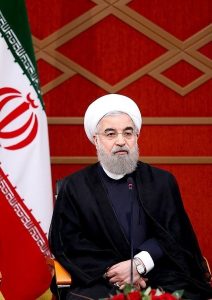Imam Ayatollah Seyed Ruhollah Musavi Khomeini (May 17, 1900 – June 3, 1989) was a Muslim cleric and Marja, and the political leader of the 1979 Islamic Revolution of Iran which overthrew Mohammad Reza Pahlavi, the last Shah of Iran. Following the Revolution, Imam Khomeini became Grand Leader of Iran — the paramount figure in the political system of the new Islamic Republic — until his demise.
Imam Khomeini was considered a Marja-e taqlid to many Muslims, and in Iran was officially addressed as Imam rather than Grand Ayatollah. Two weeks after the Shah fled Iran on January 16, 1979, Imam Khomeini returned to Iran triumphantly, on Thursday, February 1, 1979, invited by the anti-Shah revolution which was already in progress. On February 11, Imam Khomeini declared a provisional government. On March 30, 1979, and March 31, 1979, the provisional government asked all Iranians sixteen years of age and older, male and female, to vote in a referendum on the question of accepting an Islamic Republic as the new form of government and constitution. Through the ballot box, over 98% voted in favor of replacing the monarchy with an Islamic Republic. Subsequent elections were held to approve of the newly-drafted Constitution. Along with the position of the Grand Leader, the constitution also requires that a president be elected every four years, but only those candidates approved indirectly by the Council of Guardians may run for the office. Imam Khomeini himself became instituted as the Grand Leader for life, and officially decreed as the “Leader of the Revolution.” After assuming power, Islam was made the basis of Iran’s new constitution and obedience to Islamic laws made compulsory.
Under Imam Khomeini’s rule, Sharia (Islamic law) was introduced, with the Islamic dress code enforced for both men and women. Women had to cover their hair, and men were not allowed to wear shorts.
Life for religious minorities has been mixed under Imam Khomeini and his successors. Shortly after his return from exile in 1979, Imam Khomeini issued a fatwa ordering that Jews and other minorities (except Bahai) be treated well. By law, several seats in the Parliament are reserved for minority religions. Imam Khomeini also called for unity between Sunni and Shia Muslims (Sunni Muslims are the largest religious minority in Iran).
After eleven days in a hospital for an operation to stop internal bleeding, Imam Khomeini died of cancer on Saturday, June 3, 1989, at the age of 89. Many Iranians mourned Imam Khomeini’s death and poured out into the cities and streets. More than 10 million people from across the country attended Imam Khomeini’s funeral to form one of the largest ever funerals in the world.
Following Imam Khomeini’s demise, Ayatollah Seyyed Ali Khamenei came to be selected on June 4, 1989 by the Assembly of Experts to be his successor, in accordance with the Constitution.
Family and descendants
In 1929, Imam Khomeini married Batol Saqafi Khomeini, the daughter of a cleric in Tehran. They had seven children, though only five survived infancy, 3 daughters and 2 sons. His sons entered into religious life. The elder son, Mostafa, was murdered in 1977 while in exile with his father in Najaf, Iraq and SAVAK (the Imperial-era secret police) was accused of his death by Imam Khomeini. Ahmad Khomeini, the younger son, died in 1995.
Imam Khomeini’s grandson Seyyed Hassan Khomeini, son of the late Seyyed Ahmad Khomeini, is also a cleric and the trustee of Imam Khomeini’s shrine.
Works:
- Velayat-e Faqih
- Forty Hadiths (Forty Traditions)
- Adab-e Salat (The Disciplines of Prayers)
- Jihad-e Akbar (The Greater Struggle)
- Tahrir al-Wasilah
- Interpretation of Surah Fatihah
- Serr al-Salat (Secrets of Prayers)
- Interpretation of Dawn Pray
- Interpretation of Forces of Reason and Negligence Tradition
- Hajj
https://english.khamenei.ir/news/2116/Imam-Khomeini-s-Biography
English


